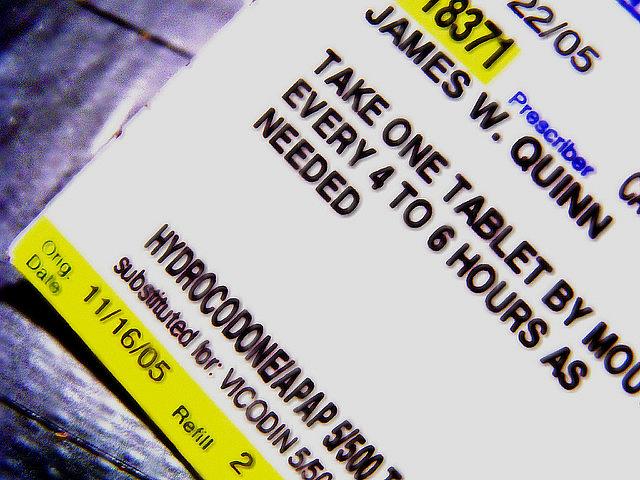Looking at opioid abuse data in San Diego to chart the human toll

Working with data, it’s often easy to forget that each entry, each row, can represent a real human being. An opioid abuse epidemic isn’t just a statistically significant deviation from the average — it’s a series of individual human tragedies.
Why someone falls victim to drug addiction and abuse, illicit or prescription, is often deeply personal. Still, analyzing the data can help people understand an issue that is quickly becoming front and center in state and national politics.
San Diego County has not been immune to the growth in drug abuse: Last year there were 104 deaths from heroin overdose in the county, up 22 percent from the year before. Meanwhile, the price of heroin per gram has fallen, from $50-$100 down to $50-$70.
Those numbers come from the local Prescription Drug Abuse Task Force, which was called the Oxy Task Force when it started in 2008. It changed its name as new drugs, most notoriously fentanyl, became part of the prescription drug market.
As California has begun cracking down on so-called pill mills, the PDATF data reveal some glimmers of hope. In 2014, there were 6 percent fewer accidental prescription drug deaths in San Diego County. However, the number of painkiller pills dispensed in the county — enough to treat every resident in the county for at least a month — remained unchanged.
I plan to focus on these two intrinsically connected but separate epidemics, and their intersection with low-income communities in San Diego County. I hope to do so by balancing the personal stories that illustrate the human toll drug abuse takes with the data that shows the reach of legal and illegal drugs — the goal is to see the trees and the forest.
That will involve building on existing databases, such as Medicare billing data that inewsource used in 2012 to show how one doctor charged $1.9 million for pain management services. I’ll also update research done by other organizations, such as the Los Angeles Times’ look at doctors with high numbers of overdosing patients.
I’ll also look at data to examine how access to prescription drugs, including painkillers, has changed as insurance rates have increased in low-income communities throughout San Diego County. Has access expanded, and has it resulted in greater rates of prescription drug abuse?
The San Diego region provides fertile ground for comparisons across social, cultural and income classes. Within the county there are primarily white, high-income communities, as well as low-income, largely Hispanic ones. Within the city of San Diego there are sizeable communities of East African, Southeast Asian and Mexican immigrants.
Multimedia for a multi-layered story
inewsource, the nonprofit investigative news organization I work for, is partnered with the local NPR affiliate, KPBS. Our reporting for this project will therefore publish on web, radio and TV.
That will allow us to explore different aspects of this complex issue, giving voice to individuals affected by drug abuse, while exploring the data and history of the issue using context-building tools like FOLD from the MIT Media Lab.
[Photo by James~Quinn via Flickr.]

